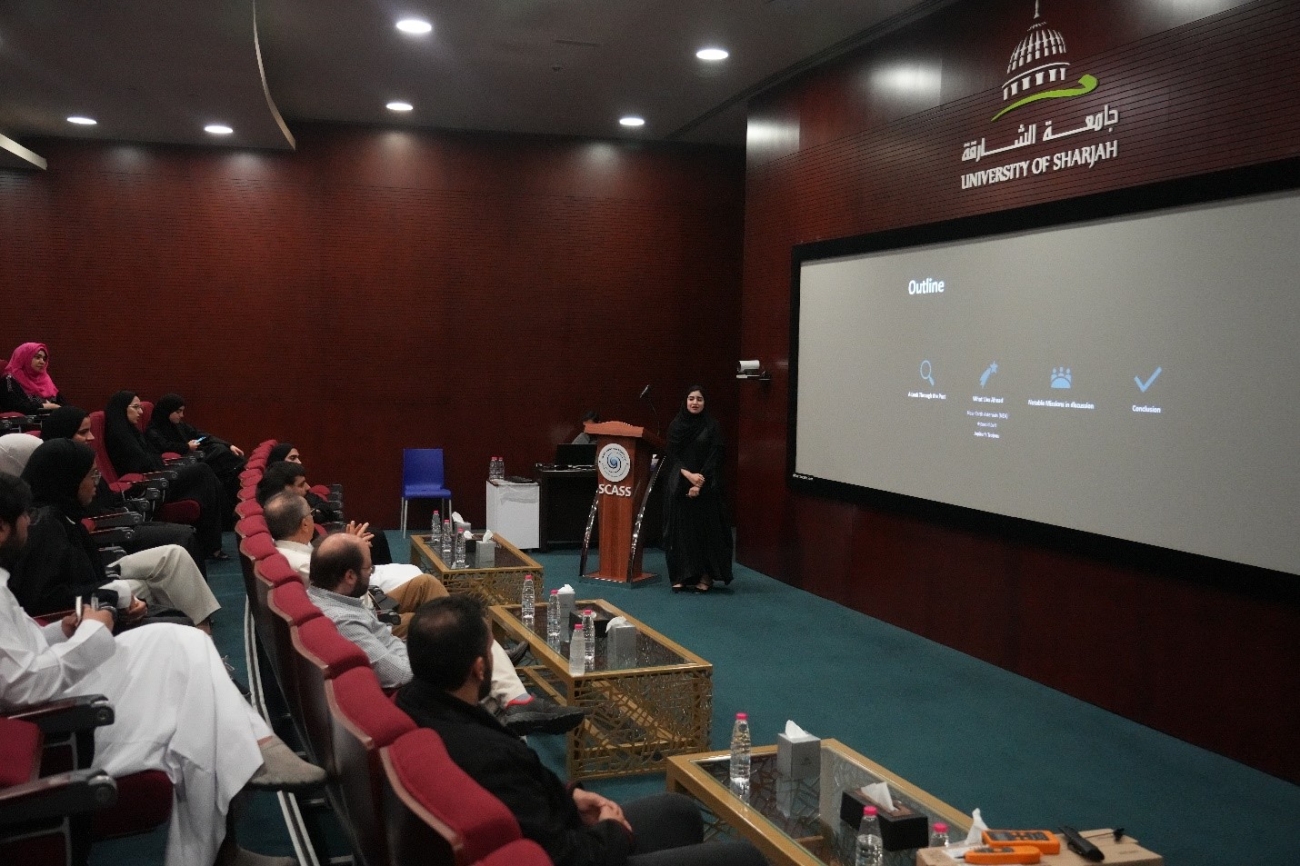The future of asteroid exploration is poised for remarkable advancements as space agencies and organizations worldwide embark on ambitious missions to unravel the mysteries of these celestial bodies.
One of these asteroid explorers is the LUCY spacecraft launched on Oct. 16, 2021. LUCY is equipped with state-of-the-art scientific instruments designed to analyze the composition, structure, and origins of the Trojan asteroids. Operating under NASA's Discovery Program, this spacecraft employs a carefully planned trajectory that allows it to visit multiple Trojan asteroids, ancient remnants from our solar system's early days. By studying these primitive objects, LUCY aims to provide crucial insights into the formation and evolution of our solar system, shedding light on the conditions that led to the birth of planets and other celestial bodies.
Among the forefront of these exploratory endeavors is the Japanese deep space exploration technology demonstrator DESTINY⁺ (Demonstration and Experiment of Space Technology for INterplanetary voYage with Phaethon fLyby and dUst Science) will be launched in 2024 into Earth's orbit by the Epsilon S rocket with an additional kick stage. DESTINY⁺ is a science and technology demonstration mission to asteroid (3200) Phaethon, the parent body of the Geminids meteor shower. It will explore the asteroid during a flyby, and conduct scientific observations of cosmic dust, considered a source of the organic matter on Earth. This mission will demonstrate technologies enabling future low-cost and high-frequency deep space exploration.
The Emirates Mission to Asteroid (EMA) spearheaded by the United Arab Emirates is a testament to the global nature of asteroid exploration. EMA seeks to launch a probe to study the composition and characteristics of asteroids, contributing to our understanding of these rocky remnants of the early solar system. The European Space Agency (ESA) is planning the Hera mission, a part of the AIDA (Asteroid Impact & Deflection Assessment) collaboration with NASA, which will study the binary asteroid system of Didymos and its moonlet, Dimorphos. China's space agency, CNSA, has its sights set on exploring asteroids with future missions, building on the success of the Chang'e lunar exploration program.
These international efforts underscore the collaborative and inclusive nature of asteroid exploration as nations pool their resources and expertise to unlock the secrets held by these enigmatic celestial bodies. The scientific community eagerly anticipates the wealth of knowledge that will be gained from these missions, ranging from insights into the formation and evolution of our solar system to the potential utilization of asteroids for future space exploration and resource extraction. As technology advances and international collaboration continues to flourish, the future of asteroid exploration holds the promise of unveiling new chapters in our understanding of the cosmos, bringing us closer to answering age-old questions about the origins of our solar system and the potential for life beyond Earth.



